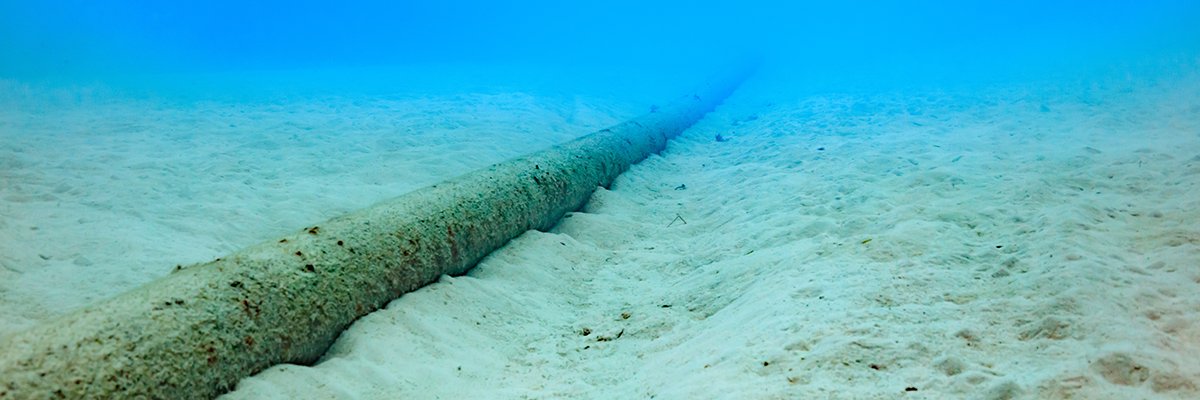MPs and peers have launched an inquiry into the UK’s ability to protect undersea internet cables that link the country with the rest of the world, following heightened threats of sabotage from Russia, China and other hostile states.
The Joint Committee on the National Security Strategy, which scrutinises government decision-making on national security, aims to assess the UK’s readiness for potential attacks on critical underseas communication cables.
[…]
According to the parliamentary committee’s chairman, Matt Western, 99% of the country’s data passes through underseas internet cables, making them a soft target for action by foreign states seeking to covertly damage the UK.
[…]
The UK relies on about 60 cables to connect it with the rest of the world that provide resilience if one or two are deliberately or accidentally damaged. However, MPs and peers have raised concerns that a simultaneous attack on multiple cables, particularly during times of heightened tension or conflict, could cause significant disruption.
According to the UK’s 2025 National Risk Register, in a reasonable worst-case scenario, the loss of transatlantic subsea cables linking to the UK would cause “considerable disruption” to essential services, including financial services, that rely on offshore datacentres and offshore service providers.
[…]
At a basic level, this isn’t really a new threat. This kind of gray-zone attack maybe is, where a country is willing to attack the submarine cable infrastructure of a country when it’s not actually directly at war with it.
But while it’s been a long time since we’ve had major-power wars, when we did, countries certainly cut submarine cables. I remember reading a recent article from two US Navy people talking about the risks and pointing out that way back when we fought major-power wars against countries with submarine cables, it was standard practice for us to cut them where we could, and so it’s a pretty safe bet that in any future major wars, we will also do the same and opponents will do the same to us.
Europe’s geography – lots of peninsulas with shallow seas with large population centers on each side of it – make it a particularly acute problem: if you think about Fennoscandia, the British Isles, North Africa, Greece and Italy, there’s a lot of reasons to want to run submarine cables and pipelines and for those to be particularly accessible. Most other places in the world don’t have the same kind of geography, outside of some places like Malaysia.
Advances in hardware have made accessing submarine cables a lot more-accessible. I remember looking up what it’d take to buy an off-the-shelf underwater drone that could plant an explosive on a pipeline from a boat above it. You can go out and drop $20k and you’ve got a commercial, off-the-shelf underwater drone that can handle the depths of the seas that surround Europe. Like, in 2025, anyone who can afford to buy a new, low-end car can afford the hardware required to plant explosives to take out submarine infrastructure in international waters (and, if they wanted to do so, to do so in a way considerably less traceable than dragging an anchor over the thing). That’s not a very high bar.



